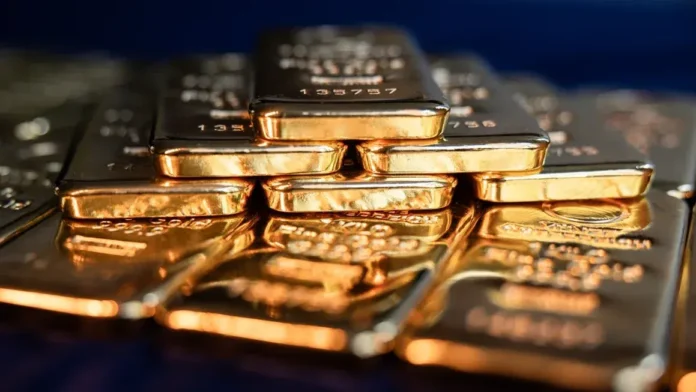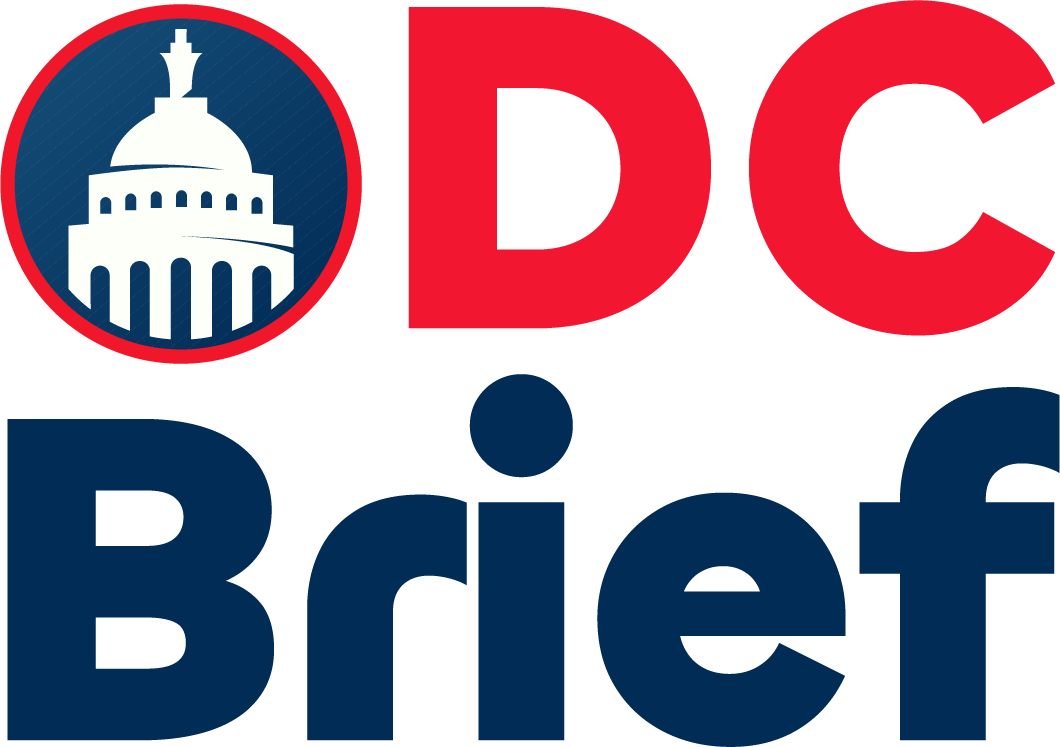Gold prices reached an all-time high of $3,000 per ounce on Friday. This milestone was driven by several key factors, including aggressive buying by central banks, global economic instability, and President Donald Trump’s trade policies.
The surge in gold prices highlights its long-standing role as a safe haven during turbulent times. As the price of gold breached the $3,000 mark, it became clear that many investors view the metal as a reliable store of value. Over the past 25 years, gold prices have increased tenfold, outpacing even the S&P 500.
A major influence on the recent rise in gold prices has been the increasing economic fragility worldwide. As concerns about trade wars and tariffs have intensified, investors flocked to gold. In the wake of the U.S. election, central banks and traders rushed to buy gold in anticipation of tariffs that could disrupt markets. Between election day and March 12, over 23 million ounces of gold flowed into the Comex futures exchange in New York.
Despite factors that typically hurt gold’s appeal, such as higher interest rates and a strong dollar, the price of gold continued to climb. Normally, when interest rates rise, gold becomes less attractive because it does not generate interest. Additionally, a stronger dollar can make gold more expensive for holders of other currencies, typically causing a drop in demand. However, this time, these forces have only fueled further buying.
The price of gold has been closely tied to broader economic and political events. In the aftermath of the 2008 financial crisis, gold surpassed $1,000 an ounce. The metal crossed the $2,000 threshold during the COVID-19 pandemic. Now, in 2025, gold prices have surged to $3,000 per ounce, driven by fears over global trade policies, inflation, and the economic outlook.
Central banks, particularly in China and Russia, have been significant buyers of gold. These countries, wary of their dependence on the U.S. dollar, have turned to gold as a safe store of value. Since Russia’s invasion of Ukraine in 2022, central banks have significantly increased their gold purchases. The World Gold Council reports that central bank gold buying has more than doubled, from about 551 tons a year to over 1,100 tons.
Despite the impressive rally, gold’s price is still far from its inflation-adjusted peak. In 1980, gold prices hit an all-time high of around $3,800 per ounce. This was during a period of high inflation and geopolitical tensions. Analysts predict that similar factors could push gold prices higher in 2025.
Gold’s surge to $3,000 has exceeded most analysts’ predictions. As prices climbed through key milestones of $2,000 and $2,500, experts adjusted their forecasts upward. Some analysts now predict gold could reach $3,500 per ounce, though this would require a 10% increase in investment demand.
In conclusion, the price of gold continues to rise, driven by global economic instability and central bank buying. The surge to $3,000 per ounce signals the growing importance of gold as a safe haven in uncertain times. The key phrase “price of gold” is likely to remain a central focus for investors in the coming months.
For more business updates, visit DC Brief.


